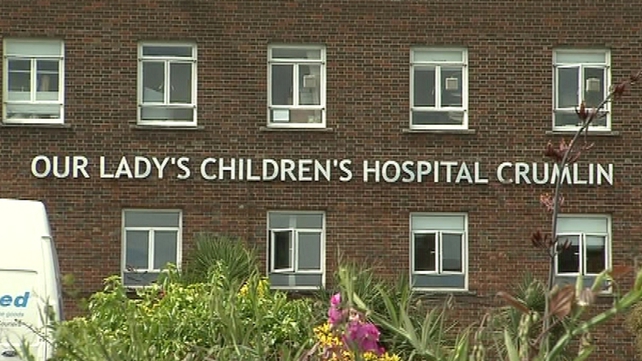Leah Potton’s mum feared the worst when she noticed that her daughter’s right hip was sticking out. After a series of tests scoliosis was diagnosed, and Leah’s orthopaedic surgeon recommended spinal fusion surgery to correct the curvature of her spine.
 Leah's Story - Portland Hospital
Leah's Story - Portland Hospital
After waiting a year for life-changing surgery, Leah’s curvature was getting worse, and it was clear that the need for surgery was growing increasingly urgent. The Portland Hospital stepped in and took over Leah’s treatment, and her life has already been transformed.
This is Leah’s story.
Dawn Quinn is Leah’s mum, and she remembers the moment she noticed a potential problem with her daughter’s spine.
“As soon as I realised her right shoulder blade was looking distorted, and she seemed to be getting a rib hump as well, I began to worry.
“I developed a slight curvature of the spine when I was a teenager, which is still causing me back pain now.”
For 18 months, Leah visited the family’s GP in Surrey in an attempt to address the problem, and she was eventually referred to St Thomas’ Hospital in London for further investigation.
When Leah’s scoliosis was finally diagnosed, her surgeon recommended that she undergo spinal fusion surgery as quickly as possible. But after spending a year on the waiting list for treatment, Leah’s curvature remained untreated - and continued to worsen.
It wasn’t until Dawn’s husband started a new job with private medical insurance that the option of private healthcare arose. Leah’s parents booked a consultation with Mr Tom Ember - a consultant orthopaedic and spinal surgeon at The Portland Hospital.
Mr Ember has an excellent reputation within the field of scoliosis surgery, and he performs an average of five spinal fusions surgeries every week at The Portland Hospital, Great Ormond Street and Guy’s and St Thomas Hospitals. He immediately concluded that Leah needed surgery as soon as possible.
Mr Ember explained why Leah’s need for surgery was so pressing.
“Patients with a spinal curve measuring more than 50 degrees are likely to see an increase of another one or two degrees a year.”
“By the time I saw Leah, her curve already measured 60 degrees. Left to progress further, it would have become more and more deforming – driving her left shoulder down, leading to severe thoracic back pain and affecting her lung function.”
Leah’s posterior spinal fusion surgery was booked in almost straight away, and took place just seven weeks later.
This complex, delicate procedure involves peeling back muscles to fully expose the spine. The painstaking process of twisting each vertebra back into its correct position then begun. Mr Ember had to use a series of metal screws and attach them to two rods in order to straighten Leah’s spine. Everything was then fused together with a bone graft.
Mr Ember was delighted with the results of Leah’s procedure, and he explained that surgery in such a well-equipped hospital significantly reduces the chance of serious complications.
“Fifteen is the perfect age for this operation, as the majority of growing has already been done,” he explains.
“Complications are rare, and reduced even further in units like The Portland Hospital, where there are state-of-the-art operating facilities, spinal cord monitoring and intensive care.
“Within just three hours we were able to achieve a lovely correction for Leah, which has virtually eliminated her curve. She should go on to lead an entirely normal life with no further complications.”
Leah now faces a tough road to recovery, and although the results of surgery were not perfect, Dawn is surprised at how quickly both the shoulder protrusion and rib hump have disappeared.
Leah spent a total of five nights in The Portland Hospital before returning home, and she spent four weeks rebuilding her strength and mobility before returning to school.
The speed of Leah’s treatment and recovery, as well as the positive effect surgery has had, are testament to the facilities and the medical team at The Portland Hospital. Thanks to Mr Ember’s procedure, this teenager can look forward to a curve-free future - doing the things most teenagers take for granted.
Source : Hull Daily Mail , 17th Dec 2015





